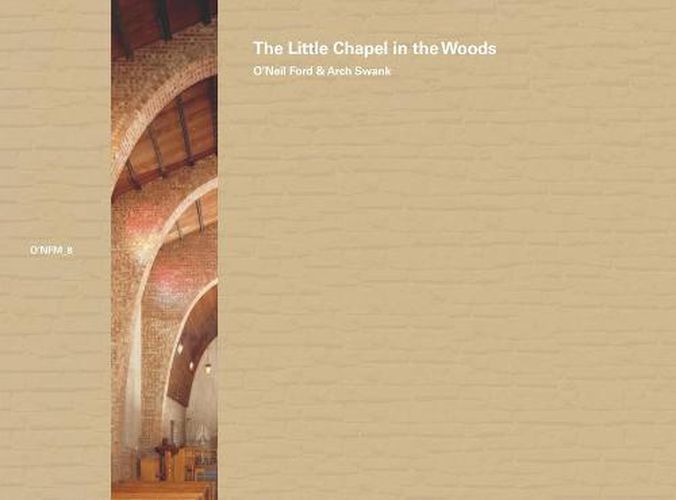Readings Newsletter
Become a Readings Member to make your shopping experience even easier.
Sign in or sign up for free!
You’re not far away from qualifying for FREE standard shipping within Australia
You’ve qualified for FREE standard shipping within Australia
The cart is loading…






Celebrating a gem of Great Depression-era architecture
As part of Franklin D. Roosevelt’s Works Program Administration building projects, the Little Chapel in the Woods was constructed in Denton, Texas, toward the end of the Great Depression, by O'Neil Ford (1902-82), a leading architect of the American Southwest, and his protege Arch Swank (1913-99). With the help of 300 students from the Texas State College for Women and young men from the National Youth Administration, Ford and Swank created a simple configuration with two surprising features on the interior: parabolic arches inspired by the work of Felix Candela, and student-designed and manufactured stained-glass windows that assert the right of women to their fair share in modern life. In this book, a series of essays places the chapel in the international and regional context of architectural trends of the time. Reproductions from the Alexander Architectural Archive at the University of Texas at Austin, School of Architecture, provide a detailed insight into the careful design of this much-admired manifesto for a regional architecture by Ford and Swank.
$9.00 standard shipping within Australia
FREE standard shipping within Australia for orders over $100.00
Express & International shipping calculated at checkout
Celebrating a gem of Great Depression-era architecture
As part of Franklin D. Roosevelt’s Works Program Administration building projects, the Little Chapel in the Woods was constructed in Denton, Texas, toward the end of the Great Depression, by O'Neil Ford (1902-82), a leading architect of the American Southwest, and his protege Arch Swank (1913-99). With the help of 300 students from the Texas State College for Women and young men from the National Youth Administration, Ford and Swank created a simple configuration with two surprising features on the interior: parabolic arches inspired by the work of Felix Candela, and student-designed and manufactured stained-glass windows that assert the right of women to their fair share in modern life. In this book, a series of essays places the chapel in the international and regional context of architectural trends of the time. Reproductions from the Alexander Architectural Archive at the University of Texas at Austin, School of Architecture, provide a detailed insight into the careful design of this much-admired manifesto for a regional architecture by Ford and Swank.